Introduction
Gastrodia elata, commonly known as Tianma in Chinese traditional medicine, is a highly valued herbal remedy renowned for its numerous health benefits. This tuberous plant has been used for centuries to treat conditions ranging from headaches and migraines to nervous disorders and insomnia. However, the efficacy and safety of Tianma largely depend on its quality, which can vary significantly based on factors such as cultivation methods, harvesting timing, and post-harvest handling. In this comprehensive guide, we will delve into the intricacies of identifying the quality of fresh Gastrodia elata, providing you with the knowledge necessary to discern between superior and inferior specimens.
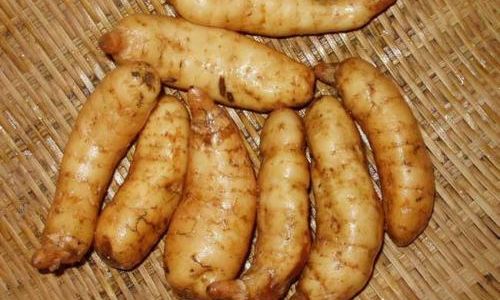
Understanding Gastrodia Elata
Before diving into the specifics of quality assessment, it’s crucial to establish a foundational understanding of Gastrodia elata. This perennial plant is native to parts of Asia, particularly China, Japan, and Korea, where it thrives in cool, moist environments. The medicinal portion of the plant is its underground tuber, which is harvested after a period of growth, typically two to three years.
Tianma is known for containing a variety of bioactive compounds, including gastrodin, parishin, and vanillyl alcohol, which are believed to contribute to its therapeutic properties. These compounds are sensitive to environmental conditions and processing techniques, making quality control a paramount concern in the production of Tianma-based remedies.
Factors Influencing Quality
Several factors play a pivotal role in determining the quality of fresh Gastrodia elata:
-
Cultivation Methods: Organic versus conventional farming practices can significantly impact the nutrient content and purity of the tuber. Organic cultivation tends to yield plants with higher concentrations of beneficial compounds and lower levels of contaminants.
-
Soil Quality: The mineral composition and fertility of the soil directly influence the nutritional profile of the plant. Rich, well-drained soils with adequate organic matter tend to produce higher quality Tianma.
-
Climate Conditions: Temperature, humidity, and sunlight exposure all affect the growth rate and biochemical composition of Gastrodia elata. Optimal climate conditions promote the synthesis of beneficial compounds.
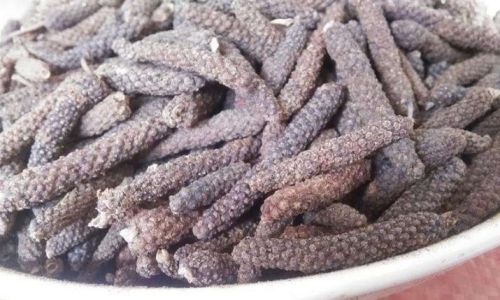
-
Harvesting Timing: The precise moment of harvest is crucial. Early harvesting may result in underdeveloped tubers with lower concentrations of active ingredients, while late harvesting can lead to the degradation of these compounds.
-
Post-Harvest Handling: Proper drying, storage, and packaging are essential to preserve the quality of fresh Gastrodia elata. Improper handling can lead to microbial contamination, loss of volatile oils, and degradation of active ingredients.
Visual Inspection Techniques
One of the most straightforward methods of assessing the quality of fresh Gastrodia elata is through visual inspection. Here are some key indicators to look for:
-
Appearance: High-quality Tianma tubers should have a smooth, even surface with no visible cracks, scars, or mold. They should be firm to the touch, indicating freshness and a lack of moisture loss.
-
Color: Fresh Gastrodia elata typically has a light brown to yellowish-brown exterior, with a slightly paler interior. Discoloration, such as dark spots or mold growth, is a sign of deterioration.
-
Odor: Tianma has a distinct, earthy aroma. If the tuber smells musty, moldy, or has no discernible odor, it may indicate poor quality or improper storage.
-
Moisture Content: Fresh Gastrodia elata should have a moderate moisture content, neither too dry nor too wet. Dry, shriveled tubers may have lost essential oils and nutrients, while overly moist ones are prone to mold and bacterial growth.
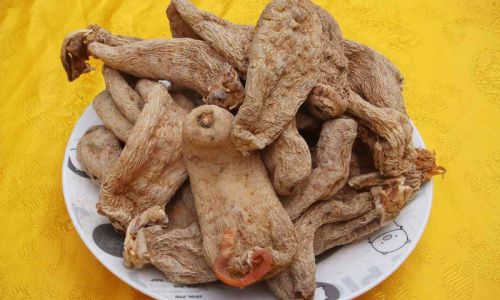
Taste Testing
While visual inspection provides a preliminary assessment, taste testing offers a more definitive evaluation of quality. Here’s how to perform a taste test:
-
Preparation: Slice a small piece of the tuber and allow it to sit for a few minutes to release its natural oils.
-
Taste: Place the slice on your tongue and note its flavor. High-quality Gastrodia elata should have a slightly sweet, earthy taste with a hint of bitterness. If the taste is overly bitter, bland, or metallic, it may indicate lower quality or contamination.
-
Aftertaste: Pay attention to the aftertaste, which should be clean and lingering, indicating the presence of beneficial compounds.
Chemical Analysis
For a more scientific and precise assessment of quality, chemical analysis can be conducted. This involves testing for specific compounds and contaminants:
-
Active Ingredient Content: High-performance liquid chromatography (HPLC) can be used to quantify the levels of key active ingredients like gastrodin, parishin, and vanillyl alcohol. Higher concentrations of these compounds generally indicate superior quality.
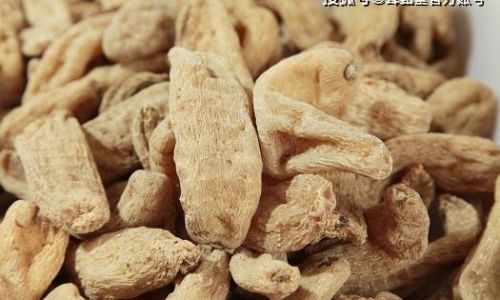
-
Contaminant Levels: Testing for heavy metals, pesticides, and microbial contamination is crucial to ensure safety. Analytical methods such as inductively coupled plasma mass spectrometry (ICP-MS) and gas chromatography-mass spectrometry (GC-MS) can be employed for this purpose.
-
Moisture and Volatile Oil Content: Determining the moisture content and the amount of volatile oils present provides insights into the freshness and handling of the tuber. Excessive moisture can lead to microbial growth, while low volatile oil content may indicate nutrient loss.
Experience and Expertise
Experience and expertise in handling Gastrodia elata can also play a significant role in quality assessment. Seasoned practitioners and herbalists often rely on their senses and intuition, honed through years of practice, to discern subtle differences in quality that may not be apparent to the untrained eye.
Supplier Reliability
Choosing a reputable supplier is another critical factor in ensuring the quality of fresh Gastrodia elata. Look for suppliers who:
-
Source Their Products Ethically: Ensure that the supplier adheres to ethical farming practices and respects the environment.
-
Provide Transparent Information: A reliable supplier will be transparent about their cultivation methods, harvesting timing, and post-harvest handling processes.
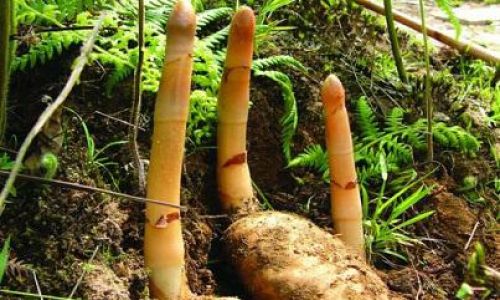
-
Offer Quality Certifications: Look for certifications such as organic certification, Good Agricultural Practices (GAP), and Good Manufacturing Practices (GMP) as indicators of quality and safety.
-
Consistent Quality: A good supplier should be able to provide consistent quality across different batches, indicating a robust quality control system.
Conclusion
Identifying the quality of fresh Gastrodia elata is a multifaceted process that involves visual inspection, taste testing, chemical analysis, and an understanding of cultivation and handling practices. By paying attention to these factors, consumers and practitioners can ensure that they are obtaining high-quality Tianma, maximizing its therapeutic benefits and minimizing potential risks.
Remember, the quality of Gastrodia elata is not just about appearance; it’s about the intricate balance of cultivation, harvesting, and handling that preserves the plant’s natural integrity and potency. By choosing reputable suppliers, conducting thorough inspections, and relying on both sensory and scientific assessments, you can confidently incorporate this ancient herbal remedy into your health regimen.
As with any herbal supplement, it’s always advisable to consult with a qualified healthcare provider before use, especially if you have any pre-existing health conditions or are taking medications that may interact with Gastrodia elata. By doing so, you can harness the full potential of this remarkable plant while ensuring your safety and well-being.
In summary, the journey to identifying high-quality fresh Gastrodia elata is a blend of art and science, requiring attention to detail, a keen sense of observation, and a deep respect for the natural world. With this guide as your companion, you’ll be well-equipped to navigate the world of Tianma and make informed choices that support your health and wellness.

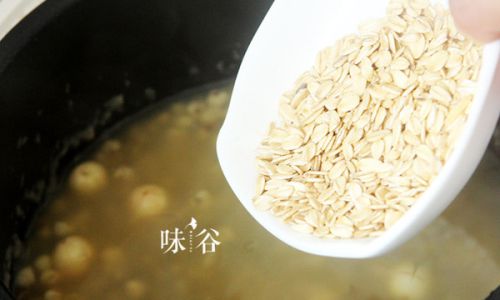
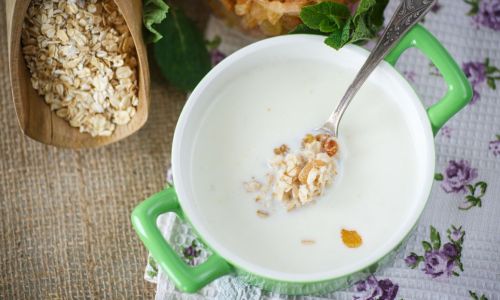
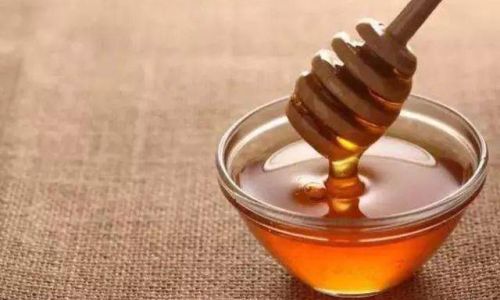


0 comments